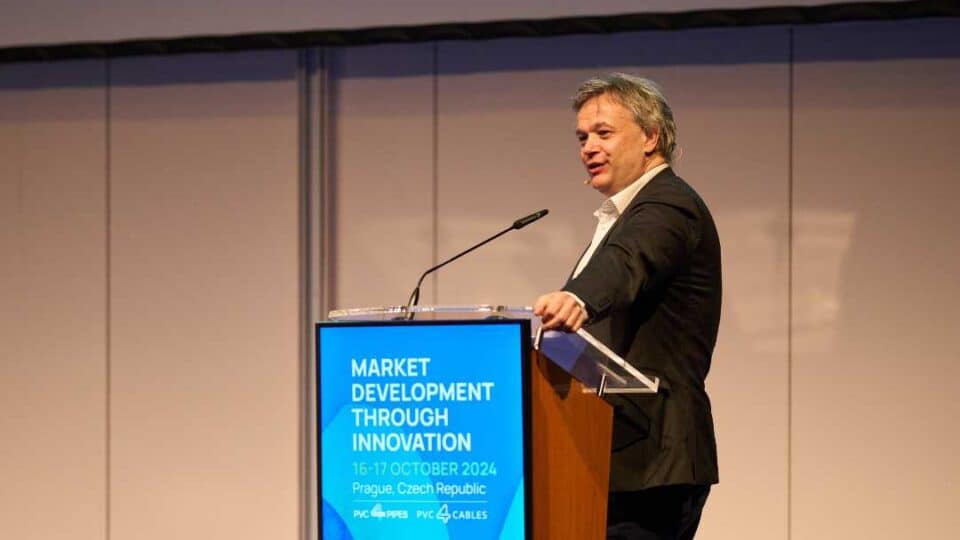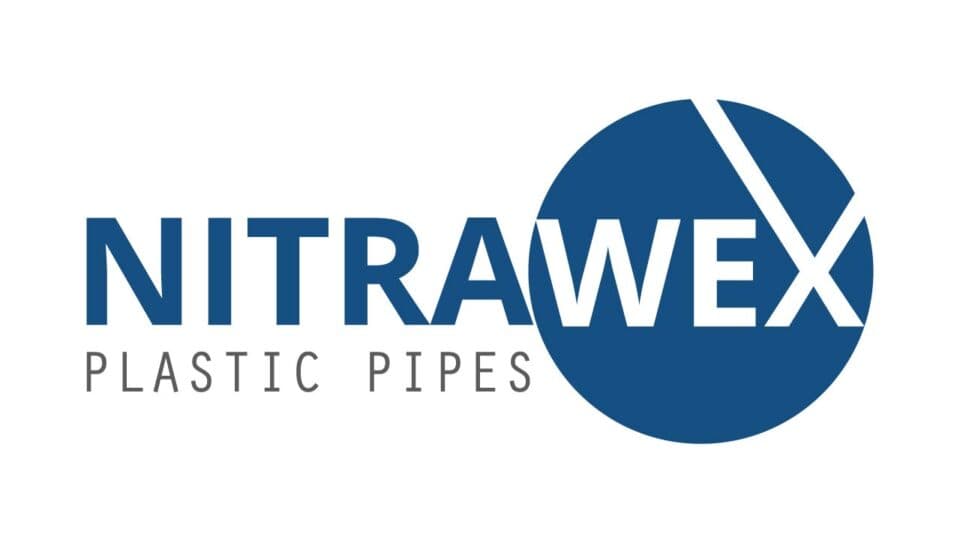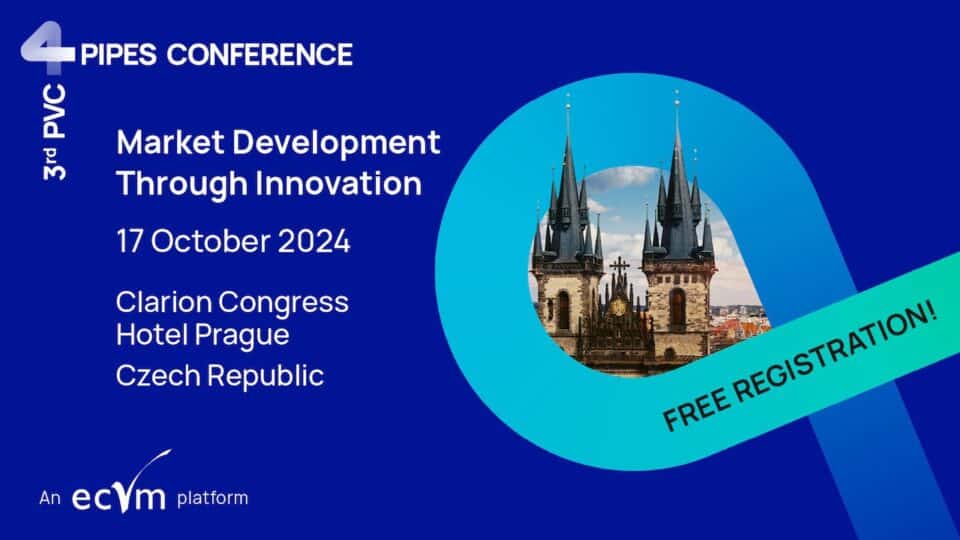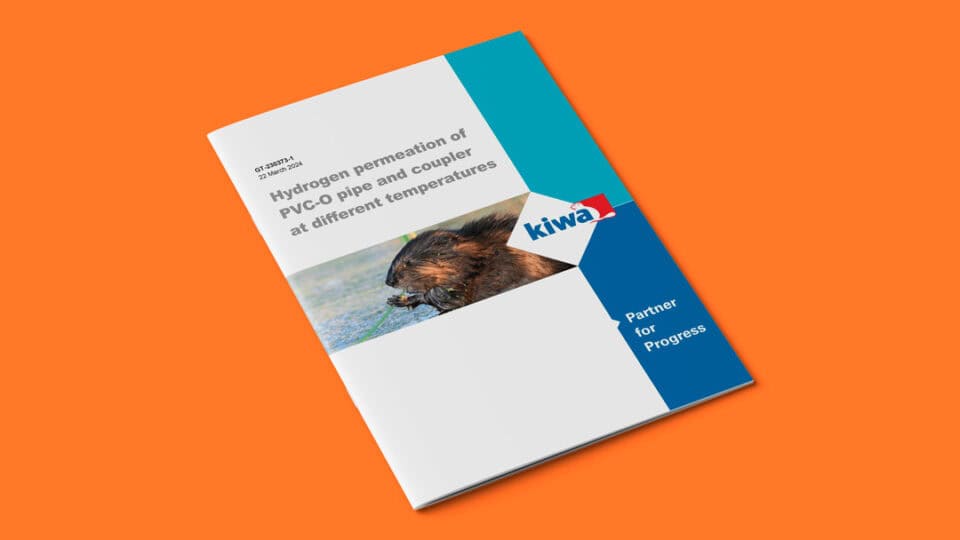
Deadline for PPXXII Abstracts Extended
06/11/2024A recent study presented at the 16th International Conference on Urban Drainage (June 2024) highlights the environmental advantages of PVC pipes in sewer network renovation. The research compared Global Warming Potential (GWP) and Cumulative Energy Demand (CED) for PVC and high-density polyethylene (HDPE) across two renovation methods: the traditional Open-Cut Method (OCM) and the Pipe Bursting Method (PBM).
Key findings include:
- Lower GWP and CED for PVC: PVC exhibited significantly reduced environmental impacts compared to HDPE.
- Efficient Renovation Methods: PBM, when paired with PVC, reduced GWP and CED by approximately 50% compared to OCM, highlighting the benefits of trenchless technology.

The availability of bio-attributed PVC liners further enhances sustainability by offering an solution with an even lower environmental impact.






